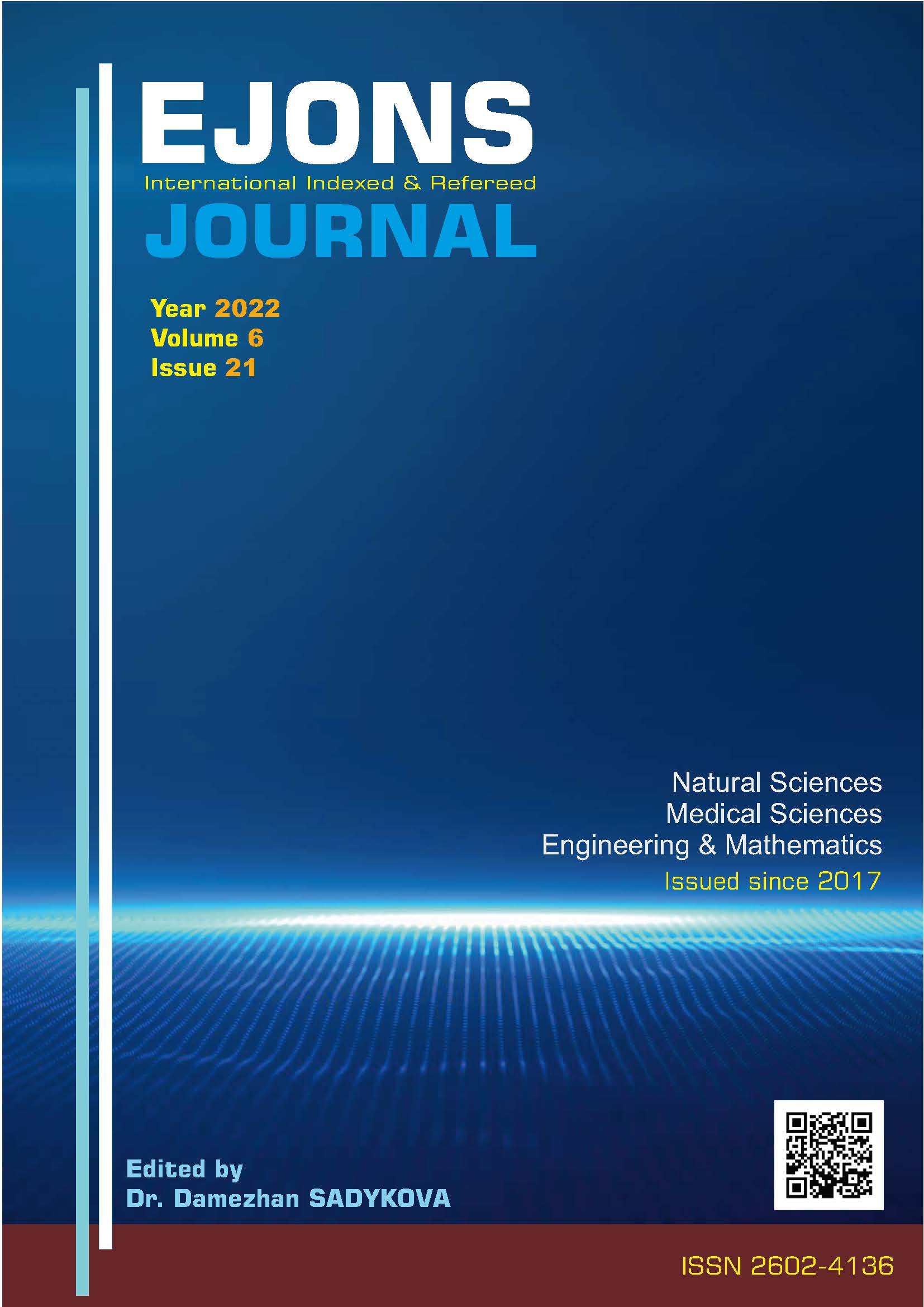THIOL – DISULPHIDE HOMEOSTASIS AS A NOVEL OXIDATIVE STRESS MARKER IN PULMONARY THROMBOEMBOLISM
DOI:
https://doi.org/10.38063/ejons.570Keywords:
Pulmonary thromboembolism, thiol–disulphide homeostasis, oxidative stress.Abstract
Aim: Our aim of this study is to investigate how thiol/disulfide homeostasis changes in patients with pulmonary thromboembolism (PTE). Material and Methods: In our study, serum thiol/disulphide levels of 45 patients diagnosed with PTE and 50 healthy controls were measured with a new automated spectrometric method and the results were compared statistically. Results: We found that the native thiol, total thiol, native thiol/total thiol levels were significantly lower in the patient group than the control group, while the disulphide, disulphide/natural thiol, disulphide/total thiol levels were significantly higher. Conclusion: As a result of our study, we saw that the oxidant-antioxidant balance shifted in the oxidative direction. The disulfide / native thiol ratio can be considered as an oxidative stress parameter in PTE. We think that disruption of the thiol-disulfide balance may be important in the pathogenesis of PTE. Keywords: Pulmonary thromboembolism, thiol–disulphide homeostasis, oxidative stress.
Downloads
Published
How to Cite
Issue
Section
License

This work is licensed under a Creative Commons Attribution-NonCommercial 4.0 International License.


